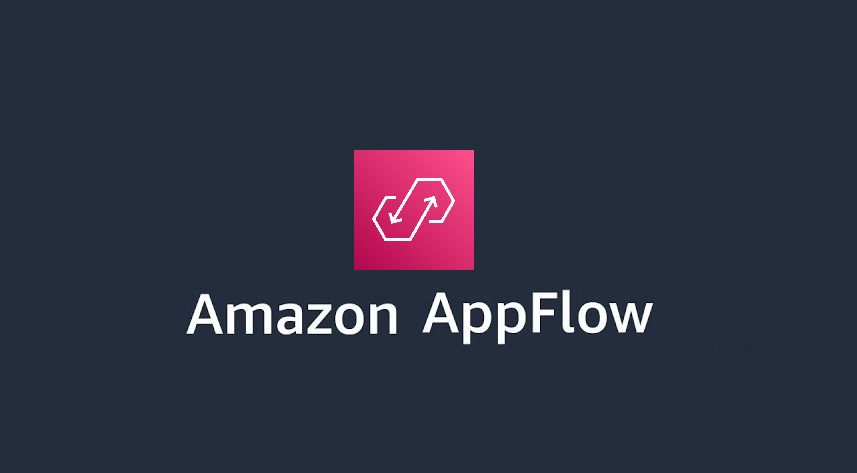A Beginner's Guide: Implementing AWS AppFlow in AWS
 Sumit Mondal
Sumit MondalTable of contents
- Introduction:
- What is AWS AppFlow?
- Step 1: Sign in to the AWS Management Console
- Step 2: Navigate to AWS AppFlow
- Step 3: Set up a Flow
- Step 4: Configure Source and Destination Connectors
- Step 5: Define Data Mapping and Transformation
- Step 6: Set up Schedule and Trigger Options
- Step 7: Review and Create the Flow
- Step 8: Monitor the Flow
- Conclusion:

Introduction:
In the dynamic landscape of cloud computing, AWS (Amazon Web Services) continues to offer a plethora of services to simplify and enhance your workflows. One such service is AWS AppFlow, designed to facilitate seamless data integration between various AWS and non-AWS applications. In this blog post, we'll walk you through the easy and simple process of implementing AWS AppFlow in AWS.
What is AWS AppFlow?
AWS AppFlow is a fully managed integration service that enables you to securely transfer data between different applications. It supports bidirectional data flow, meaning you can effortlessly move data in and out of AWS, connecting to SaaS (Software as a Service) applications like Salesforce, ServiceNow, and more.
Let's dive into the steps to implement AWS AppFlow in your AWS environment:
Step 1: Sign in to the AWS Management Console
Start by logging into your AWS account. If you don't have one, you can sign up for free on the AWS website.
Step 2: Navigate to AWS AppFlow
Once you're in the AWS Management Console, search for "AppFlow" in the services search bar. Click on "AWS AppFlow" to access the AppFlow dashboard.
Step 3: Set up a Flow
Click on the "Create flow" button to initiate the process. A flow represents the data transfer between source and destination applications.
Step 4: Configure Source and Destination Connectors
Choose your source application (e.g., Salesforce) and configure the connection settings. Follow the prompts to provide necessary authentication and authorization details.
Next, select the destination application (e.g., Amazon S3) and repeat the configuration process. AWS AppFlow supports various AWS and non-AWS destinations, making it a versatile solution for your data integration needs.
Step 5: Define Data Mapping and Transformation
AWS AppFlow allows you to map fields from the source to the destination application. You can also apply basic transformations to ensure that the data is formatted correctly. This step ensures that the data flows seamlessly between applications without any loss or misinterpretation.
Step 6: Set up Schedule and Trigger Options
Determine how often you want the data transfer to occur by configuring the schedule settings. Additionally, you can set up triggers based on specific events, ensuring that your data is always up-to-date.
Step 7: Review and Create the Flow
Carefully review the configurations you've made for both the source and destination connectors. Once you're satisfied, click on the "Create flow" button to initiate the data transfer.
Step 8: Monitor the Flow
After creating the flow, you can monitor its status and performance on the AppFlow dashboard. AWS AppFlow provides real-time insights into data transfer activities, making it easy to troubleshoot and optimize as needed.
Conclusion:
Implementing AWS AppFlow in AWS is a straightforward process that empowers you to seamlessly integrate data between applications. Whether you're connecting AWS services or bridging the gap with non-AWS applications, AWS AppFlow simplifies the data transfer process. By following these easy steps, you can leverage the power of AWS AppFlow to enhance your workflows and streamline data integration in the cloud.
Subscribe to my newsletter
Read articles from Sumit Mondal directly inside your inbox. Subscribe to the newsletter, and don't miss out.
Written by

Sumit Mondal
Sumit Mondal
Hello Hashnode Community! I'm Sumit Mondal, your friendly neighborhood DevOps Engineer on a mission to elevate the world of software development and operations! Join me on Hashnode, and let's code, deploy, and innovate our way to success! Together, we'll shape the future of DevOps one commit at a time. #DevOps #Automation #ContinuousDelivery #HashnodeHero